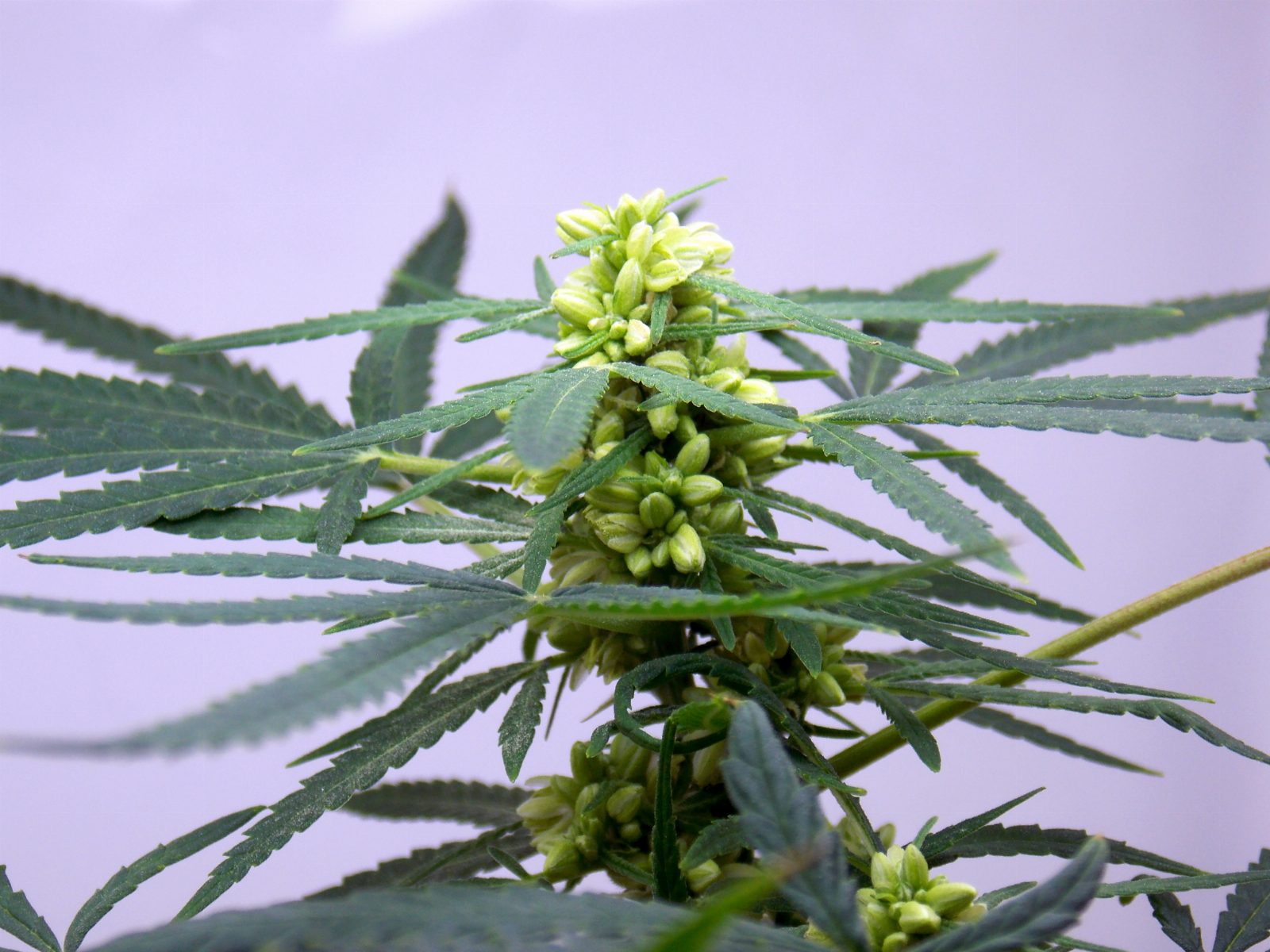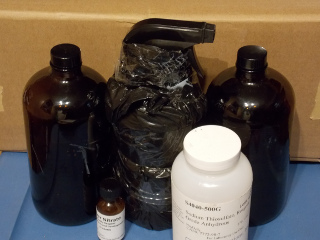TheManicOrganicDK
Well-Known Member
Recently i have been searching for a decent STS fem guide and found a very comprehensive one at 420mag, so thought i´d share it here.
So, i didnt write the guide, i am just quite good at copy/paste.
Make Your Own Excellent Quality, Feminized Pollen/Seeds Using Silver Thiosulfate Solution (STS)
Feminized Seeds are Awesome
Hermaphrodite plants are not awesome. Fortunately, it's possible to create cleanly produced feminized pollen. This pollen can be used to create seeds which are 99.9% female. As long as logical safeguards are taken, these seeds will not be any more sensitive to becoming hermaphrodite than the parent plants
This particular recipe for STS was originally published by Robert C. Clark. Today it is arguably the most recommended and successfully used method of feminizing cannabis. This write up includes the original recipe, along with practical useage tips and other helpful information gained through experience.
I know you'll be greatly pleased with your results.

Non-Hermaphrodite Plants Begin With the Parents
Stress testing your female plants is essential to removing breeding plants with hermaphroditic tendencies. Even if you're not using feminized pollen, breeding with unstable parents can produce hermaphroditic seeds. It's extremely important to expose your potential parents to the stresses most commonly known to trigger hermaphroditic flower production. These include, but are not limited to, the following stresses:
Yes, Stress Testing
Choosing excellent parents can take a long time and consume a lot of resources. These factors are the main reason so many unstable seeds are available today (201 , Patience and persistence pays off here. The more stable the genetics you're working with, the quicker you'll have a large enough number of potential parents. Each stress takes 1-3 weeks to form male flowers. Stressing multiple clones, of the same plant, ensures accuracy of the test results.
, Patience and persistence pays off here. The more stable the genetics you're working with, the quicker you'll have a large enough number of potential parents. Each stress takes 1-3 weeks to form male flowers. Stressing multiple clones, of the same plant, ensures accuracy of the test results.
The more stable the original female plants, the more valuable the end seeds will be. Keep stressing until you're absolutely sure the plant is stable. Again, be prepared for this process to take quite a while. Every extra ounce of effort you put into this portion of the program will pay you back in greatly increased quality. You can do it!
~ To be continued
So, i didnt write the guide, i am just quite good at copy/paste.
Make Your Own Excellent Quality, Feminized Pollen/Seeds Using Silver Thiosulfate Solution (STS)
Feminized Seeds are Awesome
Hermaphrodite plants are not awesome. Fortunately, it's possible to create cleanly produced feminized pollen. This pollen can be used to create seeds which are 99.9% female. As long as logical safeguards are taken, these seeds will not be any more sensitive to becoming hermaphrodite than the parent plants
This particular recipe for STS was originally published by Robert C. Clark. Today it is arguably the most recommended and successfully used method of feminizing cannabis. This write up includes the original recipe, along with practical useage tips and other helpful information gained through experience.
I know you'll be greatly pleased with your results.
Non-Hermaphrodite Plants Begin With the Parents
Stress testing your female plants is essential to removing breeding plants with hermaphroditic tendencies. Even if you're not using feminized pollen, breeding with unstable parents can produce hermaphroditic seeds. It's extremely important to expose your potential parents to the stresses most commonly known to trigger hermaphroditic flower production. These include, but are not limited to, the following stresses:
- Inconsistent Light Schedules
- Pinhole Light Leaks During Flowering
- Excess or Extreme Changes in Temperature
- Bound Roots
- pH too Low/High
- Lighting Spectrum Change
- Media Excessively Wet/Dry
- Excessive Supercropping/Heavy-Trimming
- Root Pruning
- Proximity to Sessions (just making sure you're reading. lol)
- Over/Under Feeding
- Incorrect Nutrient Profile
- Insects/Disease/Fungi
- Pesticide/Chemical Exposure
- Extended Flowering Time
Yes, Stress Testing
Choosing excellent parents can take a long time and consume a lot of resources. These factors are the main reason so many unstable seeds are available today (201
The more stable the original female plants, the more valuable the end seeds will be. Keep stressing until you're absolutely sure the plant is stable. Again, be prepared for this process to take quite a while. Every extra ounce of effort you put into this portion of the program will pay you back in greatly increased quality. You can do it!
~ To be continued

